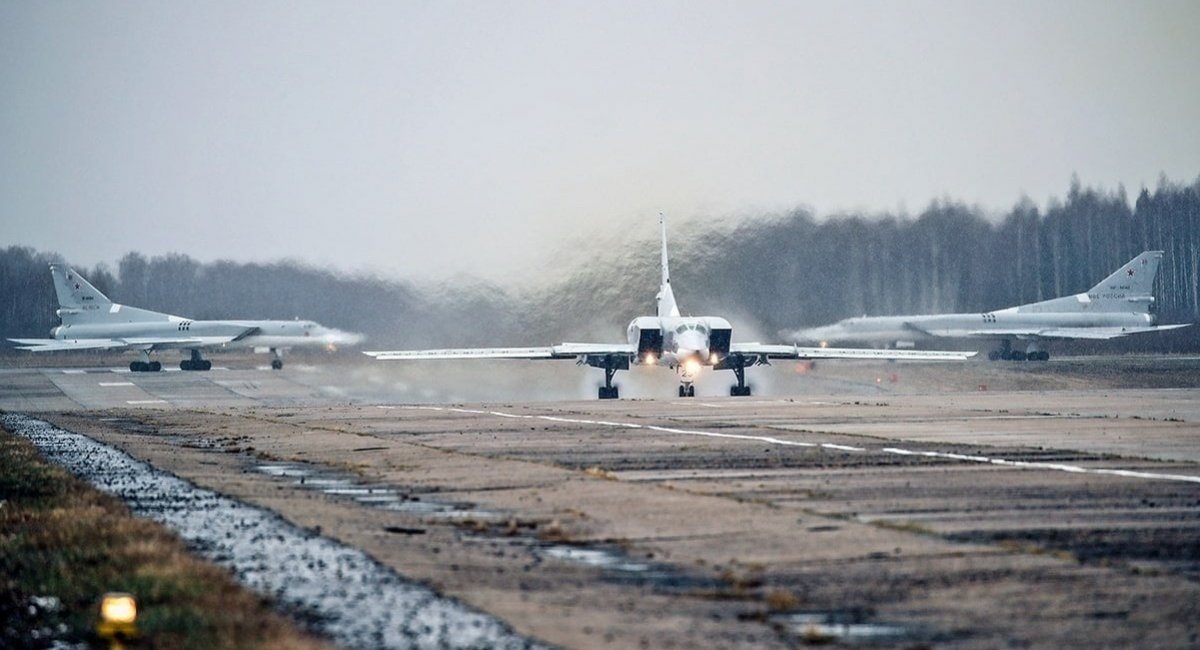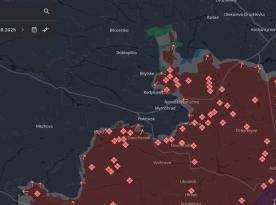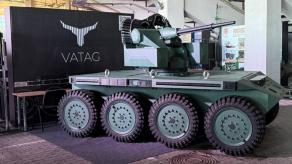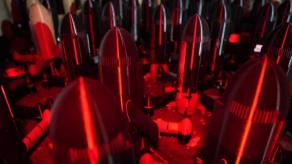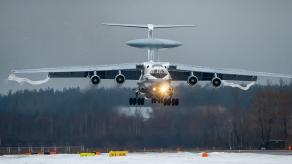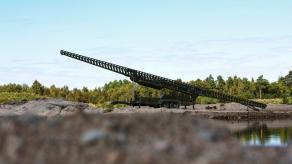Between 2013 and as late as 2021, both russian and Chinese media floated reports that China was considering purchasing 36 Tu-22M3 long-range bombers along with related documentation for $1.5 billion. While the agreement was never confirmed or executed, the discussion alone hinted at a significant step in russian-Chinese defense cooperation — one the Western world largely ignored at the time.
What stands out in hindsight is the nonchalance with which in the first half of the 2010s russian and Chinese outlets discussed selling strategic bombers originally designed to destroy U.S. carrier groups.
Read more: How Pakistan Being Top Buyer of Chinese Weapons Plays Out in Clashes With India
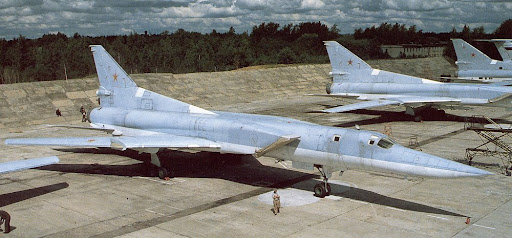
For perspective, in today's geopolitical climate, even closest U.S. allies like Australia speak very carefully about possible purchases of retired B-1B Lancers or B-2 Spirit strategic bombers, like the Australian Strategic Policy Institute suggested a few weeks ago, mindful of strong anti-nuclear sentiments among fellow citizens and doubts about Washington’s "political reliability." And yet, the Tu-22M3 — a direct counterpart, was being casually marketed as the potential Chinese H-10, if the deal had gone through.
Reportedly, the aircraft would have been delivered in two batches, first 12 and then 24 units. No details were given about associated weaponry or missile systems. Eventually, the deal fell through, with no official explanation provided by either side.
One likely reason was russia's own dwindling fleet. From 162 Tu-22M3s in 2010, the number dropped to around 60 by 2022, significantly reducing surplus capacity for foreign sales. Operational demand within russia's own military likely made the sale impractical.
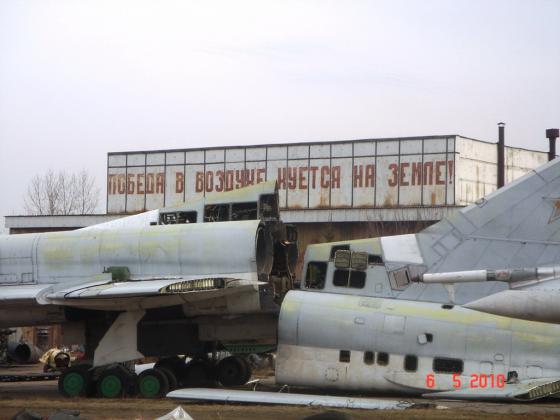
Meanwhile, China became no longer interested in this deal after 2022. In 2024, russian media cited assessments from Chinese military analysts who had evaluated the Tu-22M3's combat performance in Syria and Ukraine. The conclusions weren’t flattering. First, analysts noted that russia failed to realize the Soviet-era modernization plans for the aircraft — abandoning a planned Tu-22M4 upgrade that included a Tu-160 radar and newer missiles.
Second, they were not impressed by how the bomber fared in high-intensity warfare. In Syria, for example, Tu-22M3 bombers carried out 370 strikes over six years — roughly 60 sorties per year. Then in 2022, during the initial months of the full-scale war against Ukraine, russia's three Tu-22M3 squadrons struggled to field more than six bombers at a time for missions. The 52nd Aviation Regiment at Shaykovka was the most active, managing just 17 strikes between April and July 2022.
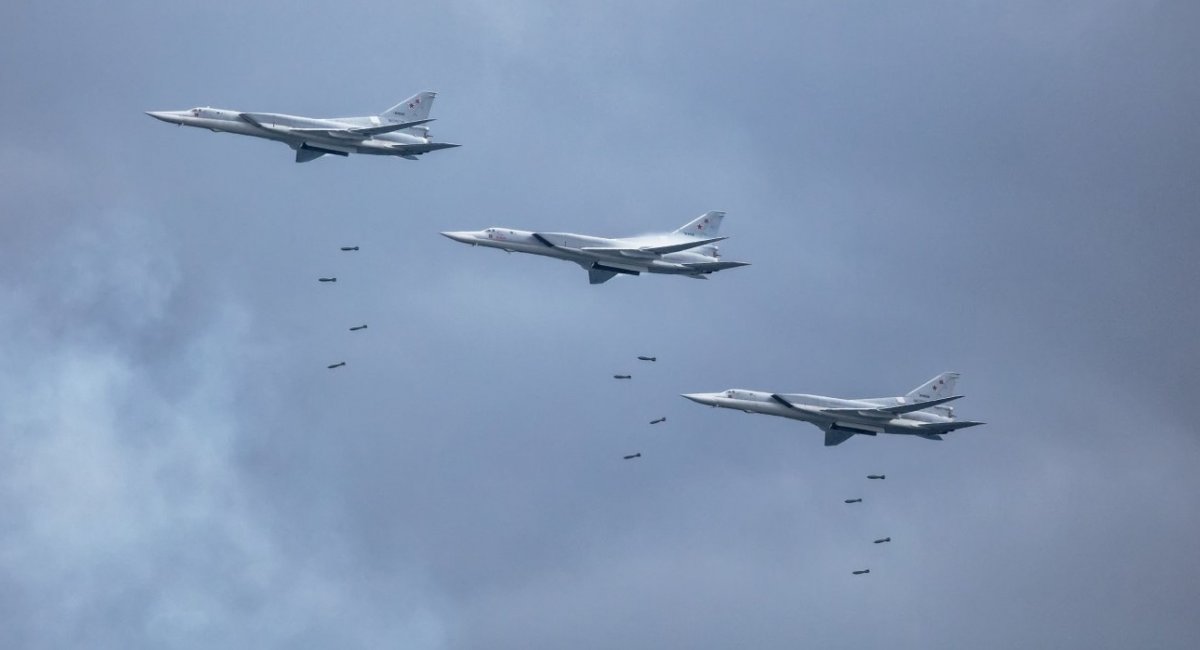
In short, China likely concluded that the Tu-22M3 no longer offered the strategic value it once promised. The rumored deal, while never fulfilled, remains a case study of how defense technology, geopolitical signaling, and great power ambition intersect — and how such signals can go unnoticed.
Read more: russia Has Over Forty Tu-22M3 Heavy Bombers at Belaya Airbase, Shuffles Tu-95MS and Tu-160s To and Fro (Updated)




